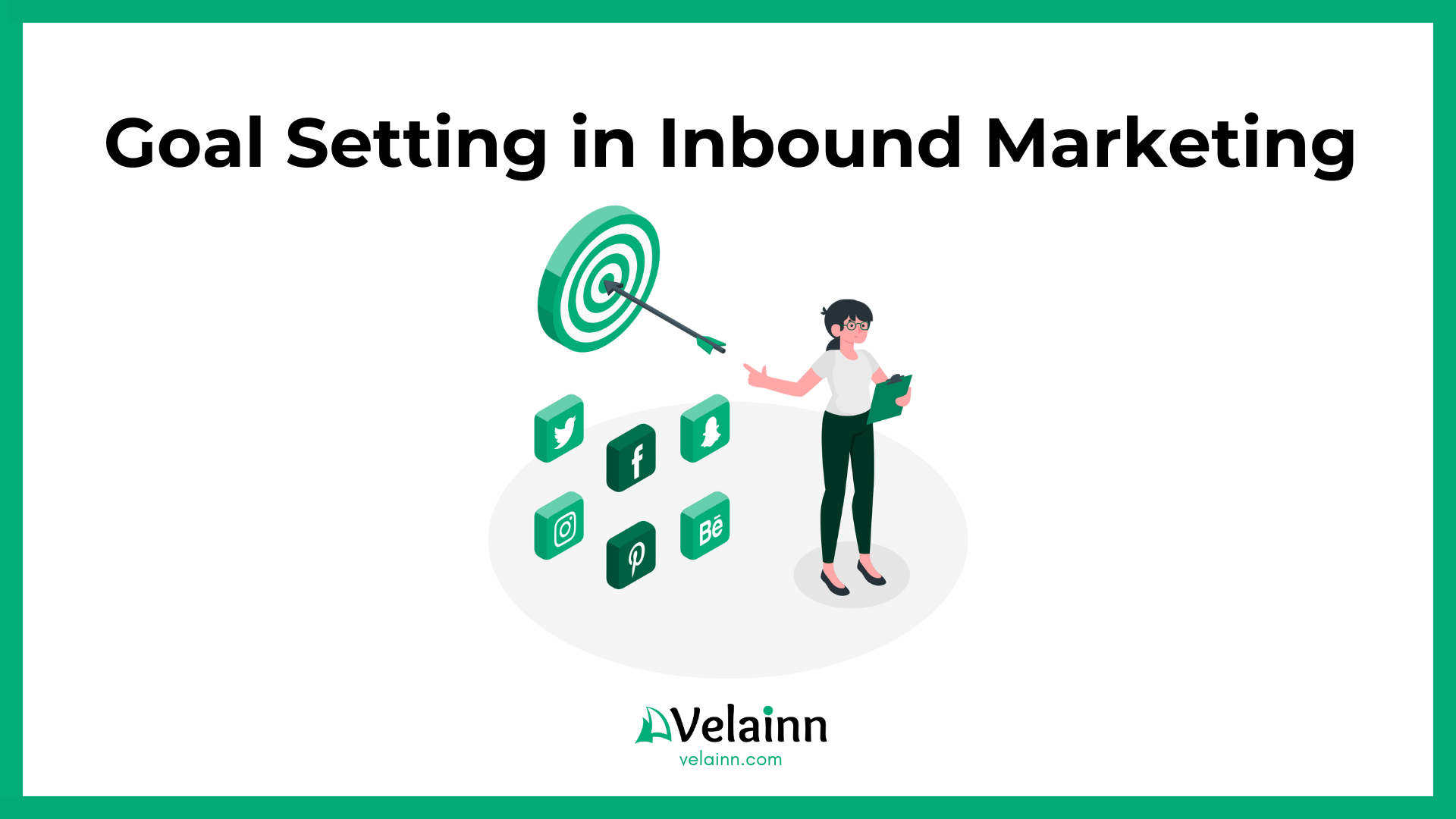Discover the key strategies for effective goal setting in inbound marketing and unlock your path to success.
What is Inbound Marketing?
Inbound marketing is a modern and strategic approach that revolves around attracting, engaging, and delighting potential customers with relevant and valuable content. Unlike traditional outbound marketing tactics that interrupt audiences with unsolicited messages, inbound marketing aims to create a seamless and personalized experience for consumers. Businesses can establish trust and credibility with their target audience by providing helpful information, solving problems, and building relationships.
The inbound methodology can be implemented in three different ways:
- Attract: drawing in the ideal audience with valuable content and engaging conversations that position you as a reliable consultant.
- Engage: providing valuable insights and tailored solutions that resonate with their challenges and aspirations, increasing the likelihood of them becoming your loyal customers.
- Delight: offering support and direction to enable your customers to succeed with your product.
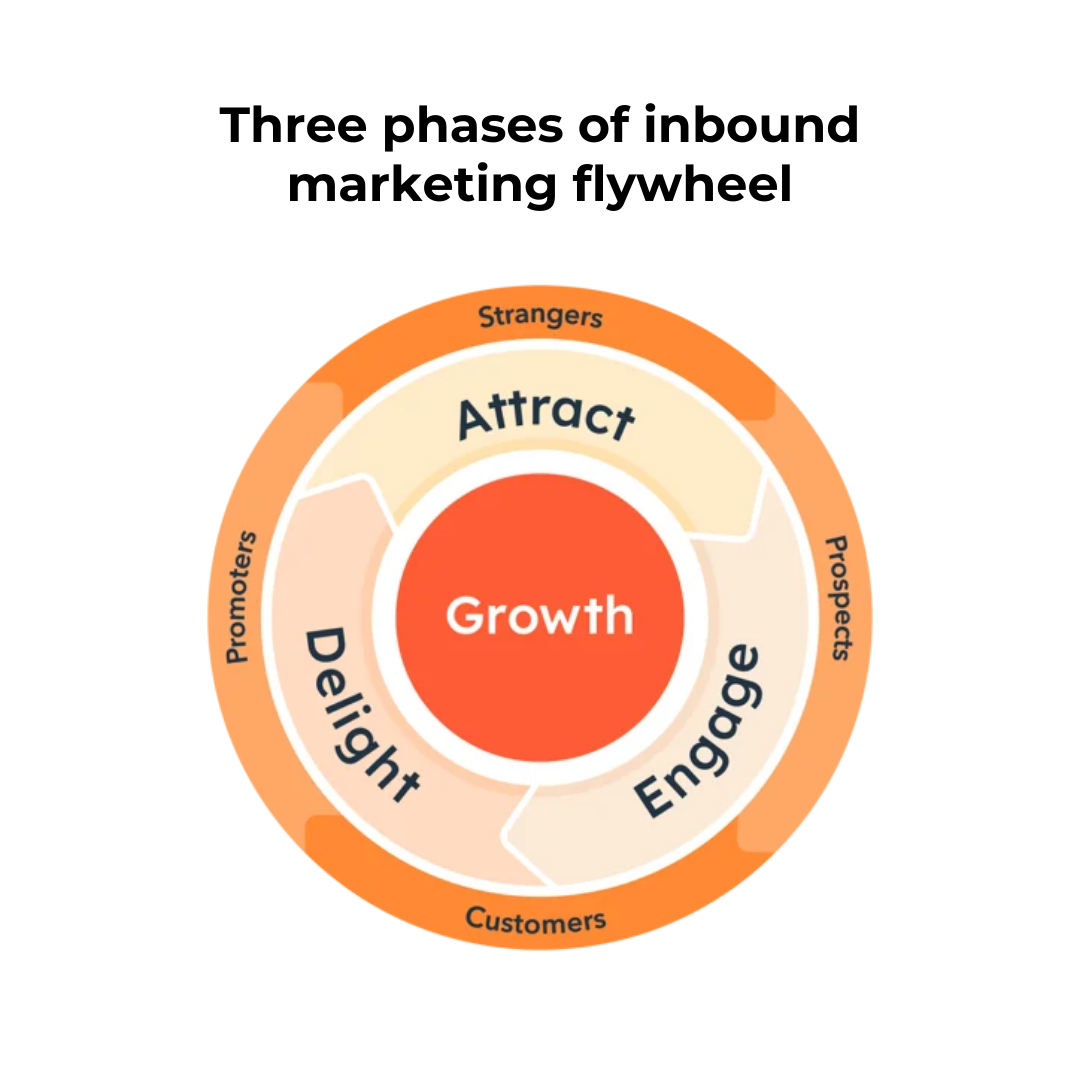
Inbound marketing involves a combination of tactics such as content creation, social media marketing, search engine optimization (SEO), email marketing, and lead nurturing. The goal is to attract prospects to your brand, convert them into leads, close sales, and ultimately, delight customers to turn them into promoters of your business.
Overall, inbound marketing is a customer-centric approach that focuses on delivering the right message to the right people at the right time. By understanding your audience's needs and preferences, you can create a tailored marketing strategy that resonates with them and drives business growth.
Setting SMART Goals for Inbound Marketing Success
Setting SMART (Specific, Measurable, Achievable, Relevant, Time-bound) goals is crucial for success in inbound marketing.
- By setting specific goals, you provide clarity and focus for your marketing efforts.
- Measurable goals allow you to track progress and determine the effectiveness of your strategies.
- Achievable goals ensure that you set realistic targets that can be attained.
- Relevant goals align with your overall business objectives and target audience.
- Time-bound goals give you a deadline to work towards and keep you accountable.
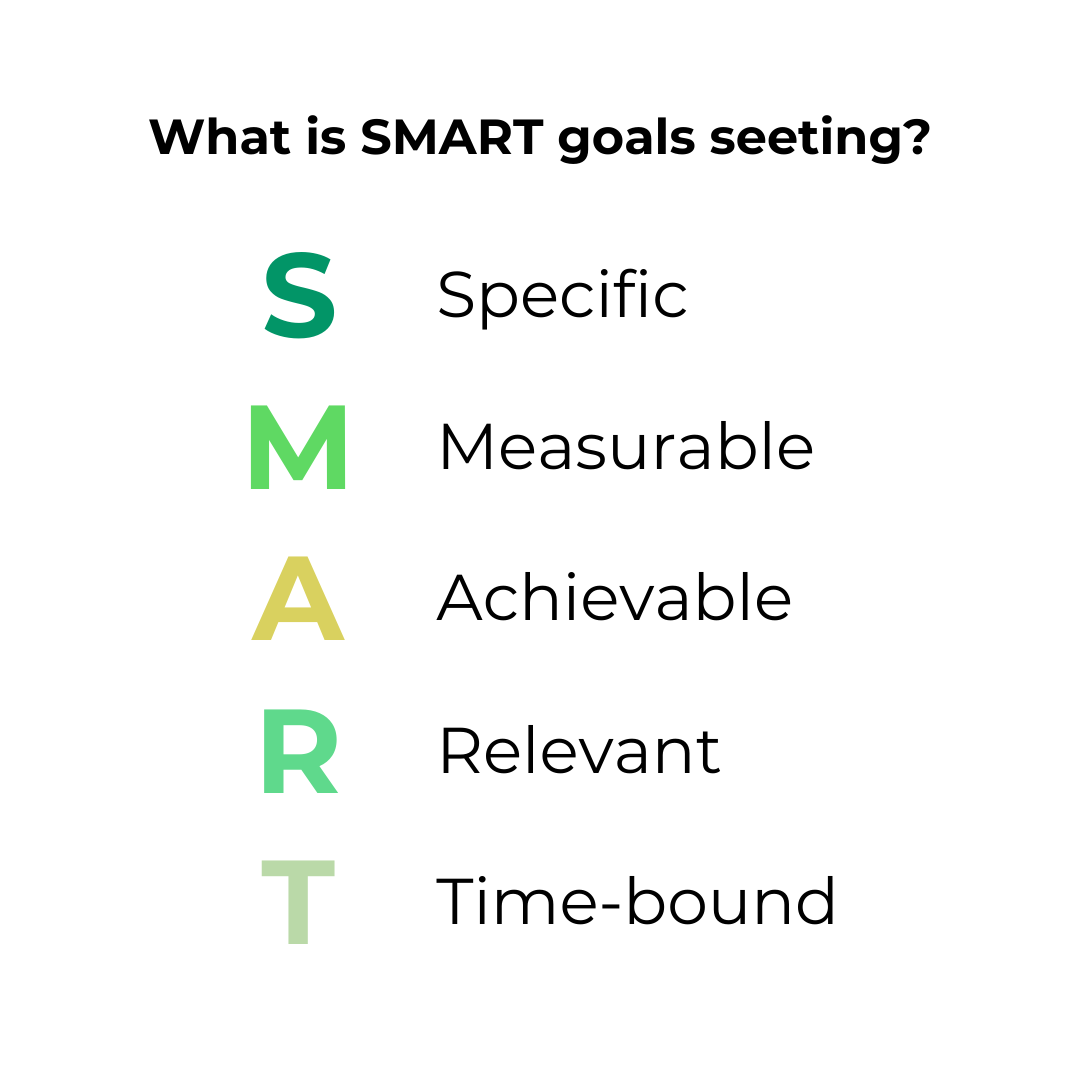
When setting SMART goals for inbound marketing, it is important to consider the specific metrics you want to improve. This could include increasing website traffic, generating more leads, improving conversion rates, or boosting social media engagement. By setting SMART goals, you can create a roadmap for success and measure the impact of your inbound marketing efforts.
Aligning Goals with Target Audience and Business Objectives
To achieve effective inbound marketing, it's crucial to align your goals with both your target audience and your business objectives. This means understanding the needs, preferences, and pain points of your target audience, and tailoring your goals to resonate with them. By doing so, you can create content and strategies that address their specific challenges and provide value.
Additionally, aligning your goals with your business objectives ensures that your inbound marketing efforts contribute to the overall growth and success of your business. For example, if your objective is to increase sales, your goals should focus on lead generation and conversion. By aligning your goals with your target audience and business objectives, you can ensure that your inbound marketing efforts are strategic and impactful.
Tracking Progress and Adjusting Strategies
Tracking progress and adapting strategies are vital components of successful goal setting in inbound marketing. By consistently evaluating key metrics and analyzing data, you can gauge the effectiveness of your tactics and determine the need for any necessary adjustments. Tracking progress not only helps pinpoint areas for enhancement but also facilitates making informed decisions based on data.
In the process of monitoring progress, it is crucial to establish benchmarks and milestones to assess your performance. This may encompass tracking metrics such as website traffic, conversion rates, social media interactions, or email engagement. Regularly assessing your advancement enables you to detect patterns, trends, and opportunities for refinement.
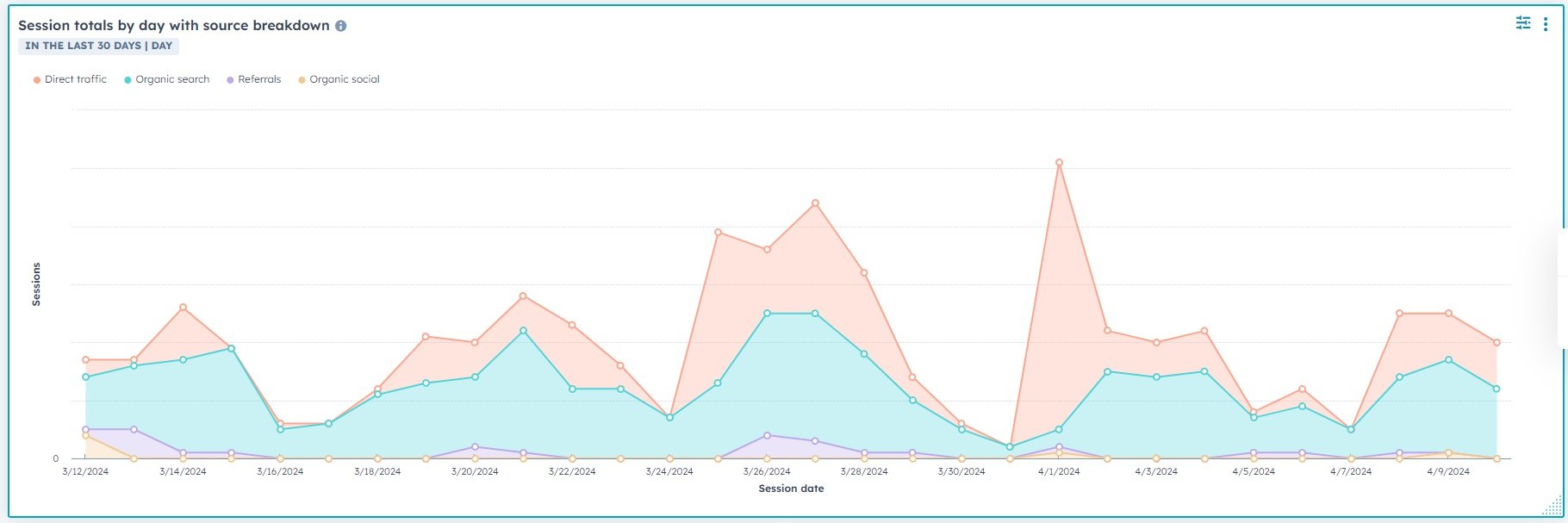
Adjusting strategies based on data and insights is crucial for continuous improvement. If certain strategies are not delivering the desired results, you can make informed changes to optimize your efforts. This might involve refining your content strategy, adjusting targeting parameters, or experimenting with new channels or tactics. By being flexible and adaptive, you can maximize the effectiveness of your inbound marketing strategies.
Leveraging Data and Analytics for Goal Optimization
It is crucial to harness the power of data and analytics to fine-tune your inbound marketing objectives. By delving into data and extracting valuable insights, you can obtain vital information about your target audience, their preferences, and the impact of your strategies. Embracing a data-driven approach empowers you to identify areas that require improvement and refine your goals for optimal performance.
There are various tools and metrics at your disposal that can help you leverage data and analytics to optimize your goals. These resources include website analytics, social media analytics, email marketing analytics, and customer relationship management (CRM) platforms. By utilizing these tools effectively, you can monitor key performance indicators, evaluate the efficacy of your tactics, and uncover avenues for advancement.
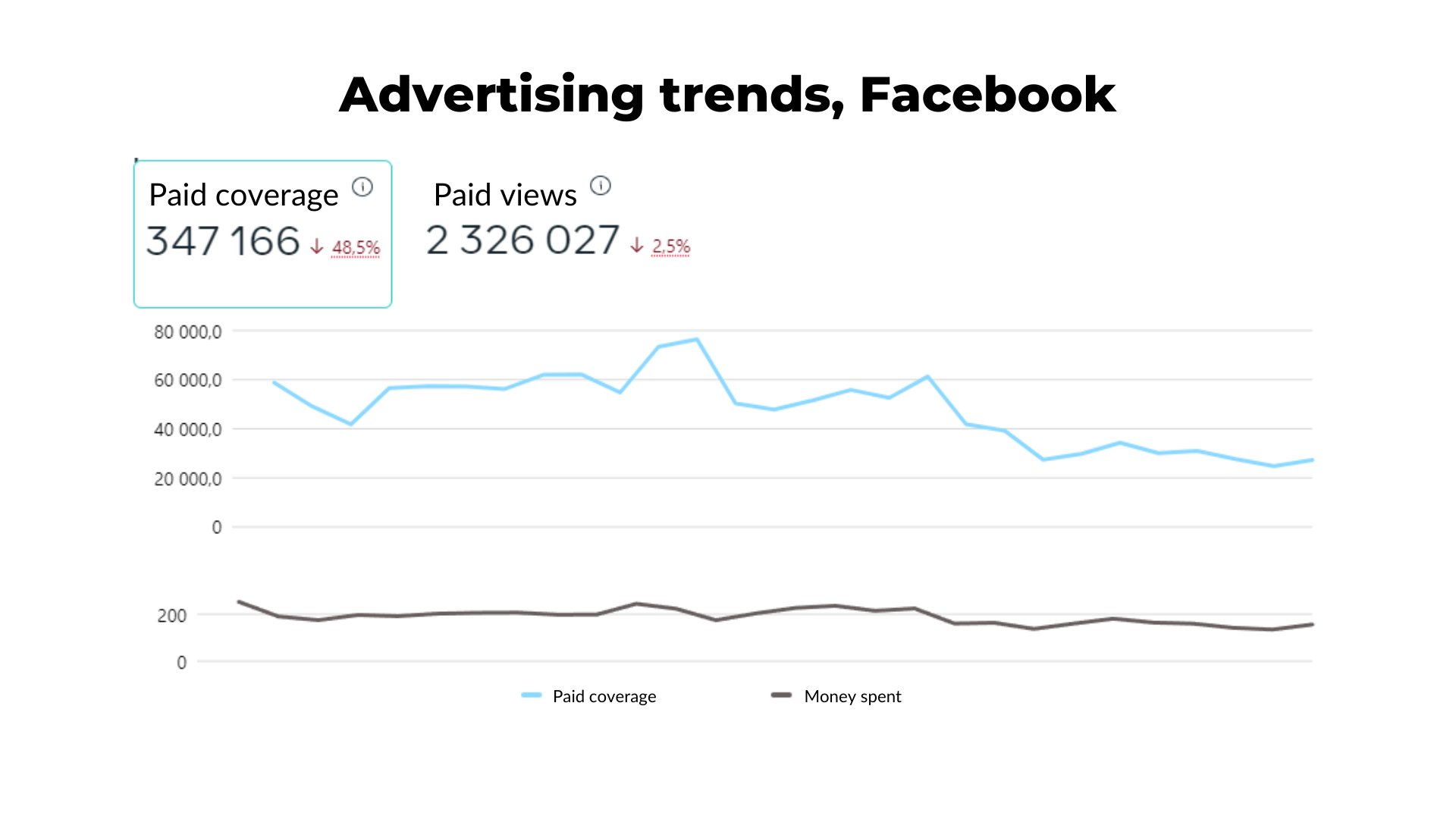
By leveraging data and analytics, you can make informed decisions about your goals and prioritize areas for improvement. This may require reallocating resources, refining targeting strategies, or experimenting with new tactics. By continuously analyzing data and optimizing your goals, you can maximize the success of your inbound marketing efforts.
Implementing Feedback Loops for Continuous Improvement
Gathering feedback from the target audience, customers, and internal team is vital for continuous improvement in inbound marketing. It helps to gain valuable insights and identify areas for growth. Feedback loops enable you to adapt, refine, and optimize your goals and strategies based on real-time input.
To implement feedback loops in inbound marketing, there are various ways you can consider. Conducting surveys, analyzing customer feedback and reviews, monitoring social media interactions, and engaging in direct communication with your audience are some of the effective ways. By actively seeking feedback and listening to your audience, you can identify their pain points, address their concerns, and make the necessary improvements.
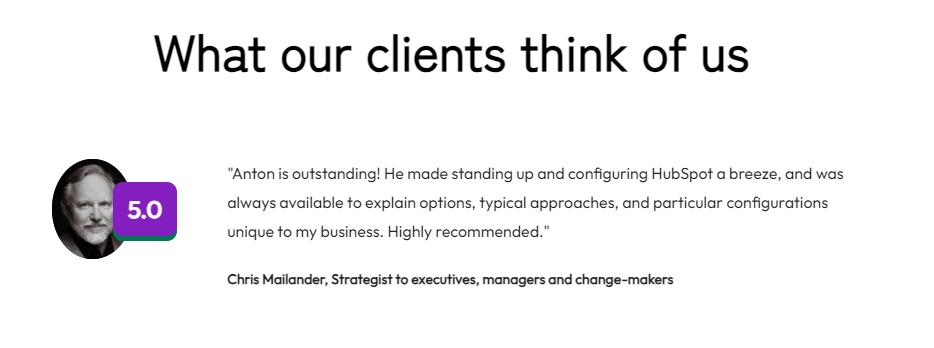
Implementing feedback loops also fosters a culture of continuous learning and improvement within your marketing team. By encouraging open communication and valuing feedback, you can create an environment that promotes innovation and drives results.
By implementing feedback loops, you can continuously improve your goals and strategies, ensuring that your inbound marketing efforts always align with your target audience's needs and preferences.
If you need help implementing HubSpot to set and track goals for your inbound marketing strategy, reach out to Velainn and we'll be happy to assist you.

